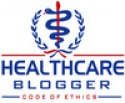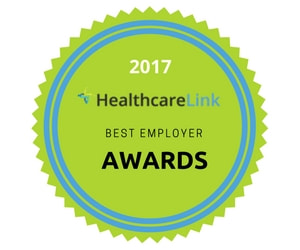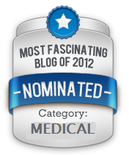For an outfit whose most recently reported year-end financials show just under $900
million in income on just over $9 billion in revenue, a $4.24 billion claim certainly qualifies as a big deal. The data breach claims against Sutter Health were filed last year following its self-reporting of the computer theft, and are in the news again due to the potential consolidation.
The company had reportedly begun to encrypt its data last year, starting with more
vulnerable mobile devices, and moving on to desktop computers, but had not gotten to the desktop in question by the time of the breach. It remains to be seen how these facts end up affecting the final damages awarded in this case.
The takeaway for other covered entities and business associates out there: If the OCR HIPAA audits aren’t enough of a motivation to get cracking with beefed-up data privacy and security protections, the potential exposure of Sutter Health in this class action suit should be reason enough to get started on this work as soon as possible, and to make it a high priority. Suits like these may be grounded both in state law and in indirect theories flowing from HIPAA/HITECH breaches (since there is no private right of action under HIPAA). The exposure is there, and a number’s been put out there to quantify it. However expensive and inconvenient data encryption and other privacy and security measures may be, they are surely worth avoiding $1,000-a-head lawsuits and months of negative publicity.
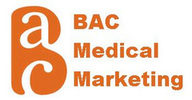
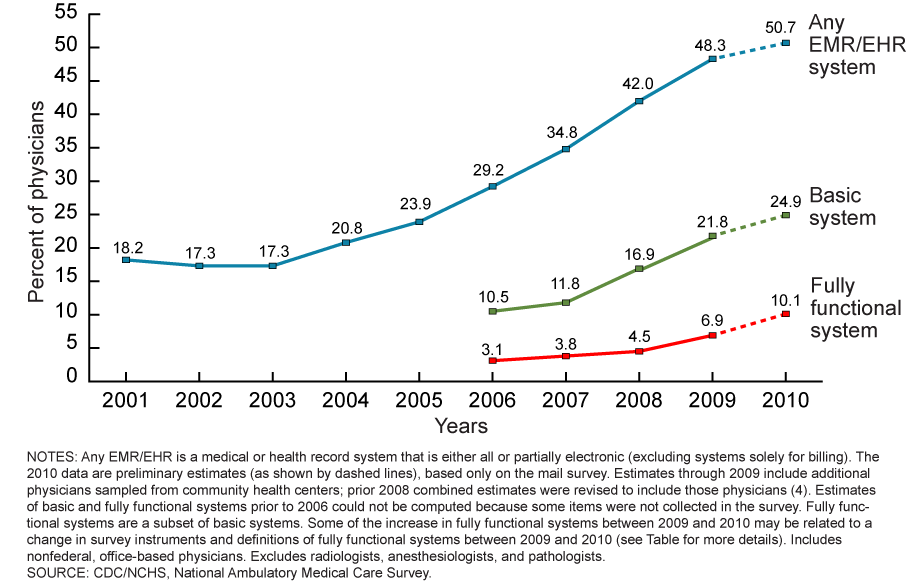
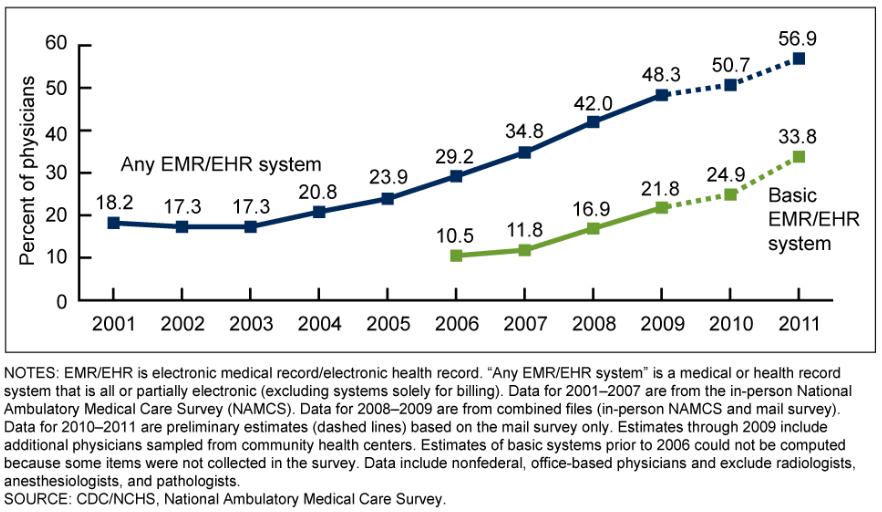
 RSS Feed
RSS Feed











